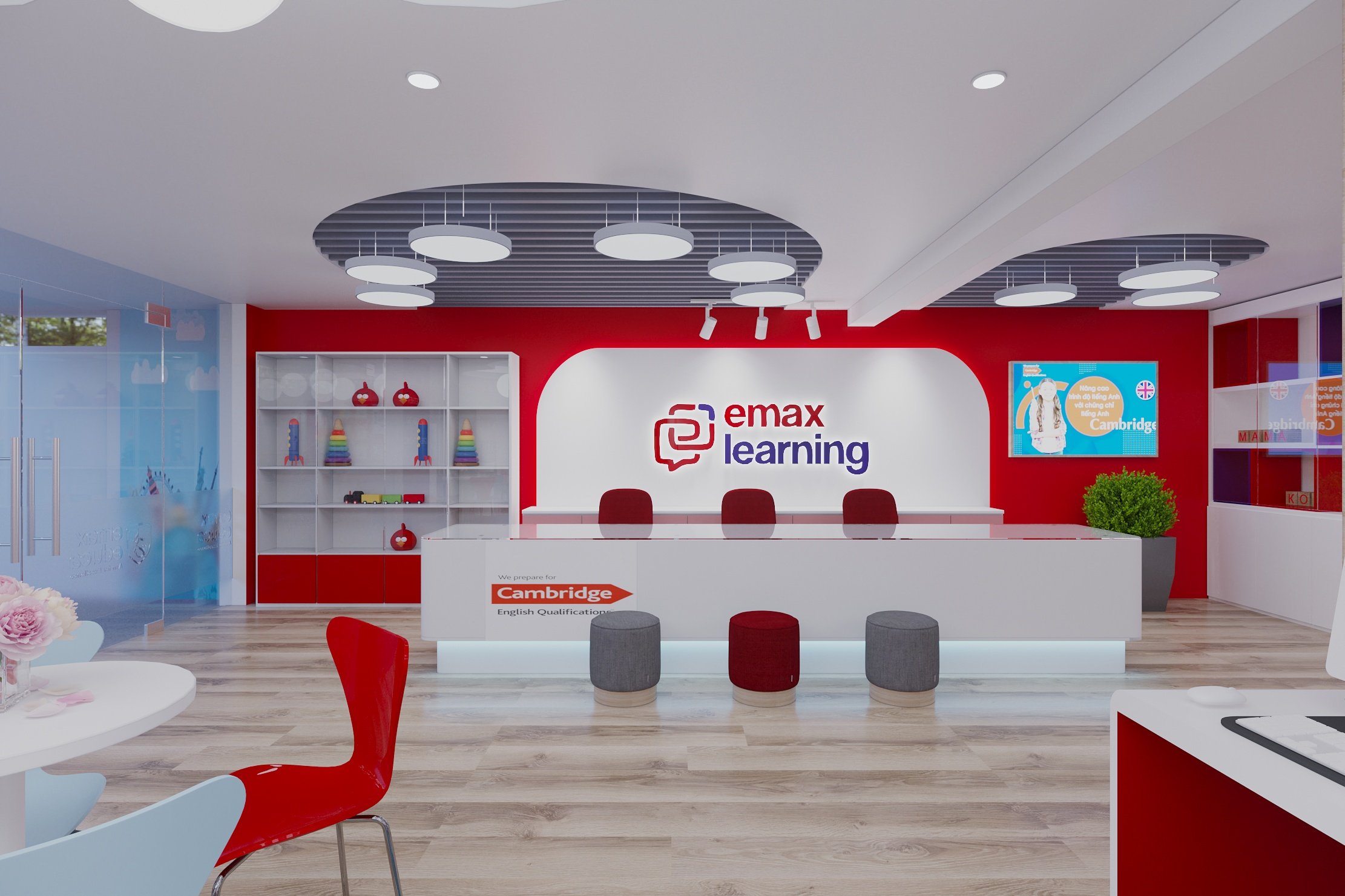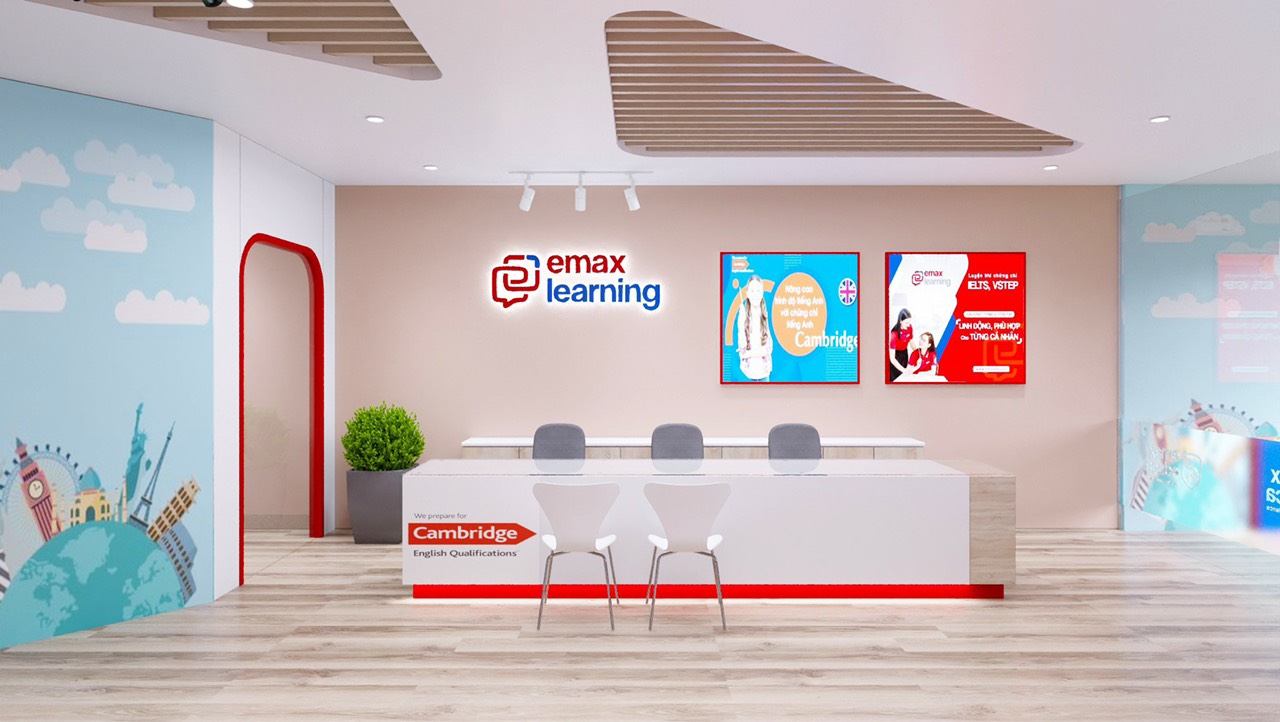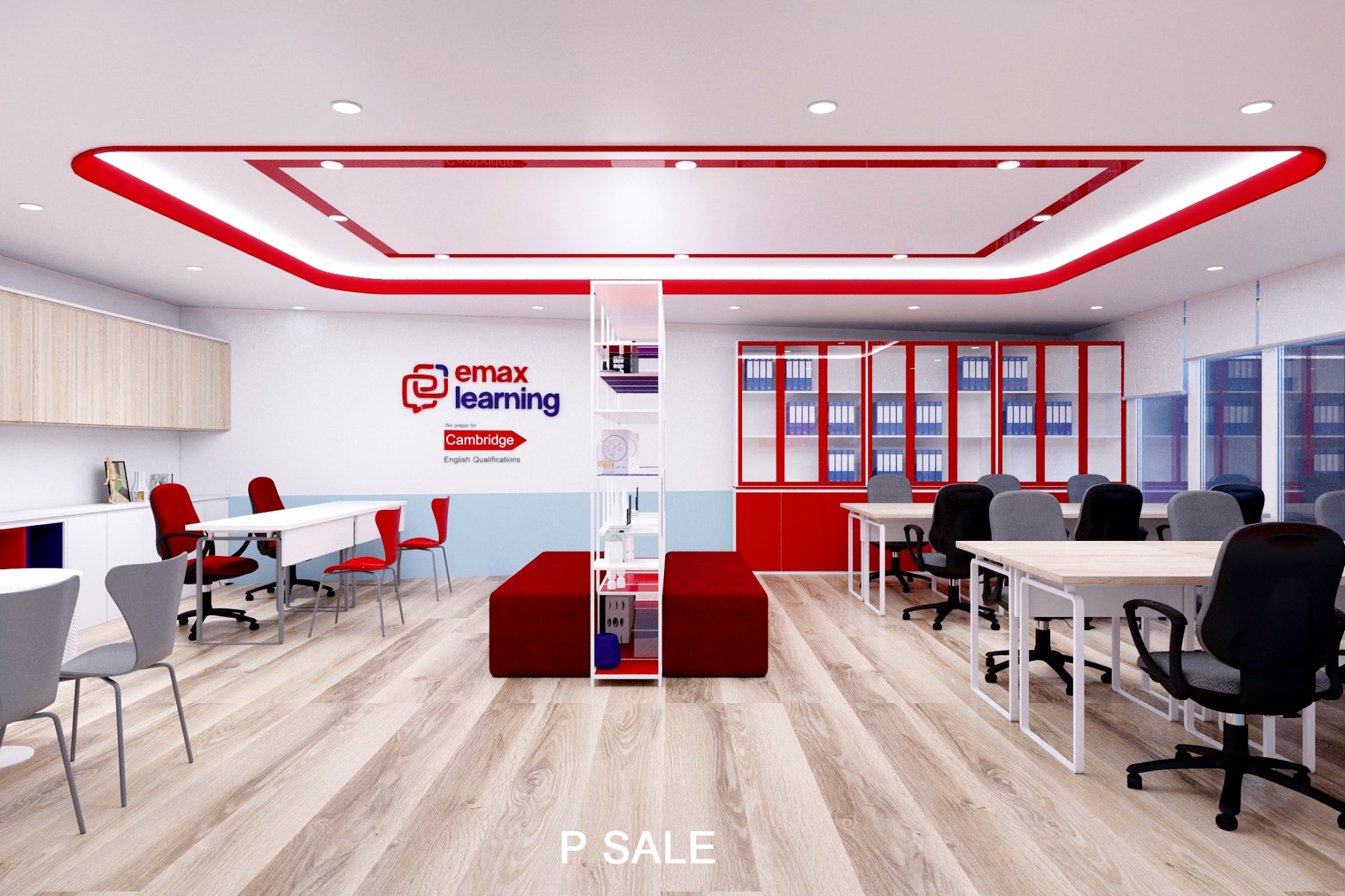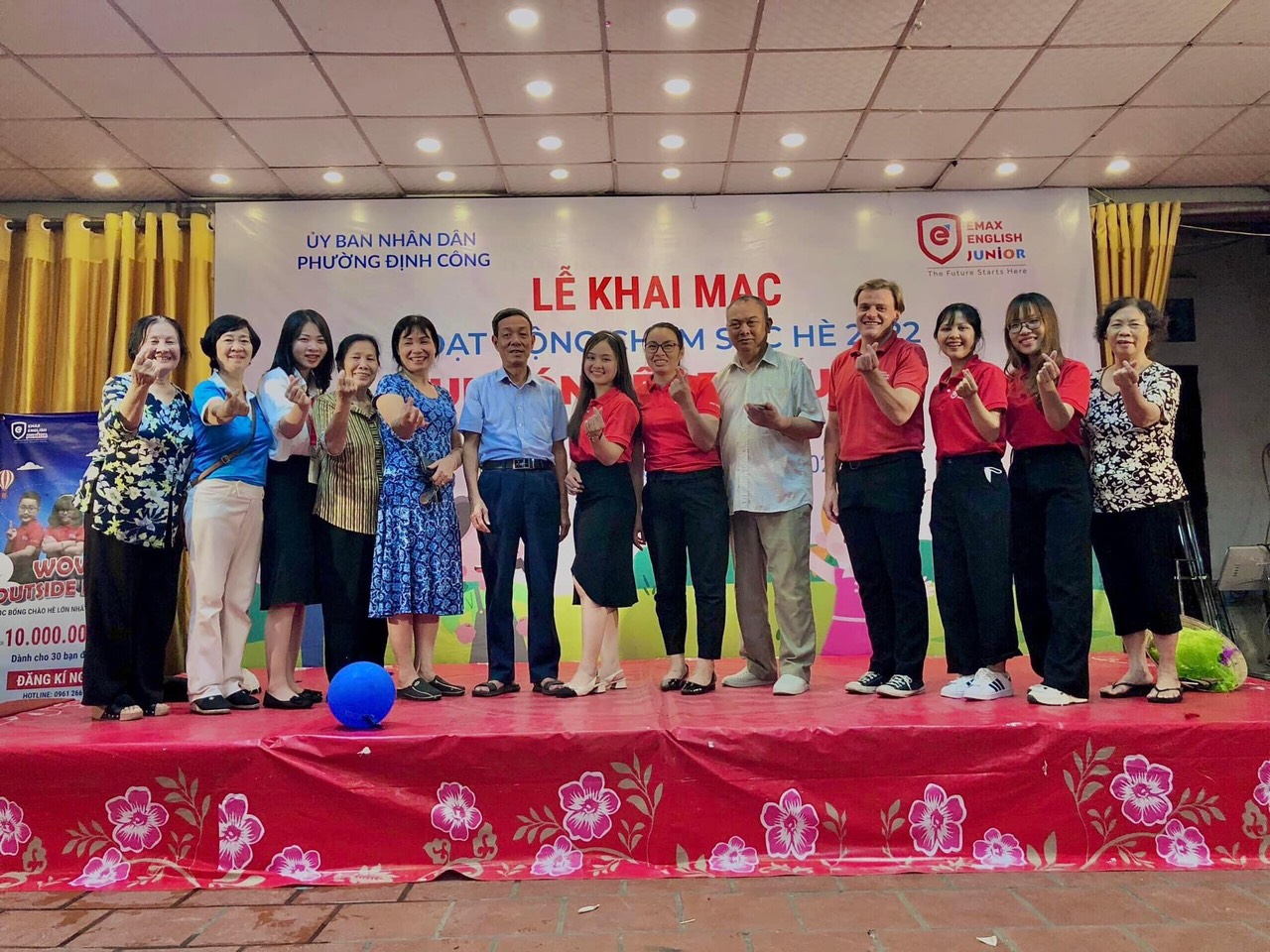The Legacy of Educational Resource Limitations in 999
The year in 999 represents a pivotal moment in the history of education, particularly as societies began grappling with the constraints imposed by limited resources. The legacy of these educational resource limitations has had far-reaching implications for subsequent generations, shaping everything from literacy rates to access to knowledge. As we delve into this topic, we will explore how these limitations influenced education systems, the role of technological advancements, the impact on different societal groups, and the ongoing relevance of historical challenges in contemporary society.
The Historical Context of Educational Resource Limitations
Understanding the legacy of educational resource limitations requires a thorough examination of the historical context surrounding education in the year 999. This period was marked by significant social, political, and economic transformations that would ultimately shape educational practices.

The Feudal System and Its Impact on Education
The feudal system dominated European society during this time, creating a hierarchical structure where land ownership dictated social status. This system severely restricted access to education, primarily benefiting the nobility and clergy who could afford to invest in their own learning or send their children to learn under established institutions.
As wealth concentrated within a small elite, most people remained illiterate and uninformed, unable to access the education necessary to improve their circumstances. The limited availability of educational resources meant that knowledge was often hoarded rather than shared, perpetuating cycles of poverty and ignorance.
The Role of Monastic Schools
Monastic schools emerged as the primary centers of learning during this time, providing some semblance of education to those who entered the monasteries. However, access was highly selective, typically reserved for boys from affluent families who could afford to send them away. These institutions focused predominantly on religious texts, limiting the scope of knowledge imparted to students.
While monastic schools played a crucial role in preserving classical literature and religious teachings, they fell short of addressing the broader educational needs of society. Consequently, the majority of the population continued to lack basic literacy skills and practical knowledge.
The Influence of the Arab World
During this era, the Arab world experienced a flourishing of scientific and philosophical knowledge, in stark contrast to Europe’s stagnation. Scholars in cities like Baghdad made significant strides in various fields, including medicine, mathematics, and astronomy. Despite the limited exchange of ideas and resources between the two regions, the intellectual advancements elsewhere highlighted the deficiencies present in European education.
This divergence in educational development resulted in an imbalance of knowledge that would have lasting effects on global educational standards. While Europe remained mired in a cycle of limited resources and knowledge access, the Arab world thrived, influencing future generations through translations and interactions that would eventually occur during the Renaissance.
See more: in999
The Societal Impacts of Educational Resource Limitations
The limitations on educational resources did not merely affect individual learners; they had profound societal ramifications that extended across class and gender lines. Understanding these impacts illuminates how inequalities were perpetuated during this time.
Class Disparities in Access to Education
The stark divide between the educated elite and the uneducated masses fostered significant social stratification. Without access to education, lower-class individuals remained trapped in cycles of labor-intensive work, unable to elevate their status or question the status quo.
This situation exacerbated tensions between social classes, leading to resentment and potential rebellion against the ruling elite. The lack of educational opportunities stifled innovation and progress, limiting the overall growth of society.
Gender Inequality in Education
In addition to class disparities, educational resource limitations disproportionately affected women. Societal norms placed little value on female education, viewing it as unnecessary for their expected roles within the family unit.
As a result, women were largely excluded from formal educational settings, left to rely on informal learning methods, if any existed. This systemic exclusion contributed to the perpetuation of gender stereotypes and limited women’s contributions to society, further entrenching existing inequality.
Long-Term Consequences for Social Mobility
The educational landscape of 999 set the stage for long-term consequences regarding social mobility. With limited access to education, upward mobility was nearly impossible for those born into lower socioeconomic classes.
The ramifications of this stagnation endured for centuries, as successive generations inherited a legacy of educational deprivation. The inability to break free from these entrenched patterns hampered collective societal advancement, reinforcing the notion that education is a fundamental pillar of progress.
Technological Advancements and Their Role in Shaping Education
Despite the widespread limitations of educational resources, the backdrop of 999 also saw nascent technological advancements that would gradually influence the dissemination of knowledge. Understanding these developments provides insight into how educational practices evolved over time.
The Emergence of Writing Systems
One of the most critical advancements during this era was the refinement of writing systems. The ability to record and transmit information via written language represented a significant leap forward in education.
Writing allowed for the preservation of knowledge across generations, enabling ideas to be shared beyond immediate verbal transmission. Although access to writing was still limited, its gradual proliferation laid the groundwork for more extensive literacy initiatives in the future.
The Printing Press Revolution
While the printing press is often associated with later periods, early iterations of printing technology began to emerge around this time. These innovations would eventually democratize access to written materials, transforming the educational landscape.
By making books more widely available, the printing press diminished the monopoly on knowledge held by the elite and religious institutions. As literacy rates increased and educational resources became more accessible, societal attitudes toward education began to shift.
The Rise of Universities
The establishment of universities can also be traced back to this period. Initially rooted in religious institutions, these centers of higher learning began to offer a broader range of subjects, attracting scholars from diverse backgrounds.
Although still exclusive, the rise of universities marked a turning point in education. With the introduction of new disciplines and methods of inquiry, these institutions began to challenge existing paradigms and lay the foundation for modern educational practices.
The Contemporary Relevance of Educational Resource Limitations
While the specific context of 999 may seem distant, the legacies of educational resource limitations continue to resonate today. By examining contemporary issues through this historical lens, we can better understand ongoing challenges and the need for equitable access to education.
Modern-Day Educational Inequalities
Despite advancements in technology and policy, educational inequalities persist across many parts of the world. Factors such as socioeconomic status, geographical location, and systemic discrimination continue to restrict access to quality education for marginalized groups.
These disparities echo the historical limitations observed in 999, highlighting the importance of addressing root causes to create a more equitable educational landscape. Policymakers must prioritize investments in underserved communities to dismantle barriers to learning and ensure all individuals have the opportunity to thrive.
The Role of Technology in Bridging Gaps
Today, technology plays a crucial role in overcoming educational resource limitations. Online platforms and digital resources have the potential to provide access to knowledge and learning opportunities previously unavailable to many.
However, the digital divide remains a significant challenge, as not everyone has equal access to the internet and digital devices. Ensuring that technology benefits all learners requires targeted efforts to expand infrastructure and provide training in digital literacy, thereby enabling individuals to harness the power of technology for their educational advancement.
Lifelong Learning in the Modern Era
Another contemporary lesson from the legacy of educational resource limitations is the importance of lifelong learning. The rapid pace of change in today’s society necessitates a commitment to continuous education and adaptation.
Encouraging a culture of lifelong learning can help individuals overcome historical barriers and foster personal and professional growth. Moreover, promoting access to learning opportunities beyond traditional educational institutions can empower individuals to seek knowledge independently, challenging the confines of previous limitations.
FAQs
What were the primary educational institutions in 999?
In 999, monastic schools and cathedral schools were the primary centers of education, often focusing on religious studies and Latin literacy. These institutions provided limited access to education, primarily serving the elite and clergy.
How did the feudal system affect education during this time?
The feudal system created vast disparities in access to education, with the nobility having greater opportunities to learn while the lower classes remained largely illiterate. This hierarchy perpetuated social stratification and limited social mobility.
Why was female education neglected in 999?
Cultural norms at the time dictated that women’s primary roles were domestic, leading to widespread neglect of female education. Most women were excluded from formal educational institutions, resulting in significant gender inequality in knowledge and literacy.
What role did writing play in shaping education around 999?
The emergence and refinement of writing systems allowed for the preservation and transmission of knowledge. Although access to writing was limited, it paved the way for increased literacy and the eventual rise of educational institutions.
How do the lessons from 999 apply to today’s educational challenges?
The legacies of educational resource limitations remind us of the importance of equitable access to education. Addressing contemporary disparities requires targeted efforts, investment in technology, and fostering a culture of lifelong learning to empower individuals and communities.
Conclusion
The legacy of educational resource limitations in 999 serves as a powerful reminder of the historical struggles for access to knowledge and learning. Understanding these past challenges allows us to appreciate the significance of education in shaping society and to recognize the ongoing need for equitable opportunities for all. As we strive for a more inclusive educational landscape, we must acknowledge and address the historical inequities that linger, ensuring that everyone has a chance to reach their full potential. By learning from the past, we can work towards building a brighter, more informed future for generations to come.











































